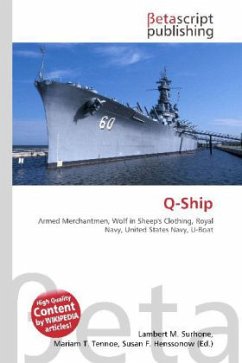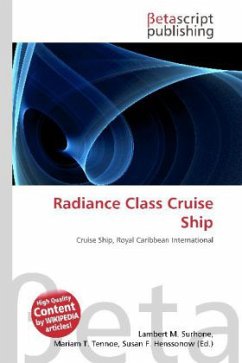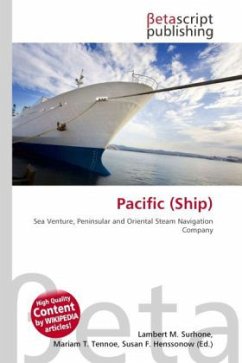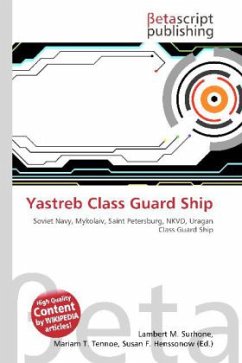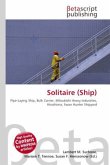Please note that the content of this book primarily consists of articles available from Wikipedia or other free sources online. Q-ships, also known as Q-boats, Decoy Vessels, Special Service Ships or Mystery Ships, were heavily armed merchant ships with concealed weaponry, designed to lure submarines into making surface attacks. This gave Q-ships the chance to open fire and sink them. The basic ethos of every Q-ship was to be a wolf in sheep''s clothing. They were used by the British Royal Navy (RN) during the First World War and by both the RN and the United States Navy during the Second World War (1939 1945), as a countermeasure against German U-boats and Japanese submarines. Following the First Battle of the Atlantic, by 1915 Britain was in desperate need of a countermeasure against the U-boats that were strangling her sea-lanes. Convoys, which had proved effective in earlier times (and would again prove effective during the Second World War), were rejected by the resource-strapped Admiralty and the independent captains. Depth charges of the time were relatively primitive, and almost the only chance of sinking a submarine was by gunfire or by ramming while on the surface. The problem was luring the U-boat to the surface.
Bitte wählen Sie Ihr Anliegen aus.
Rechnungen
Retourenschein anfordern
Bestellstatus
Storno

